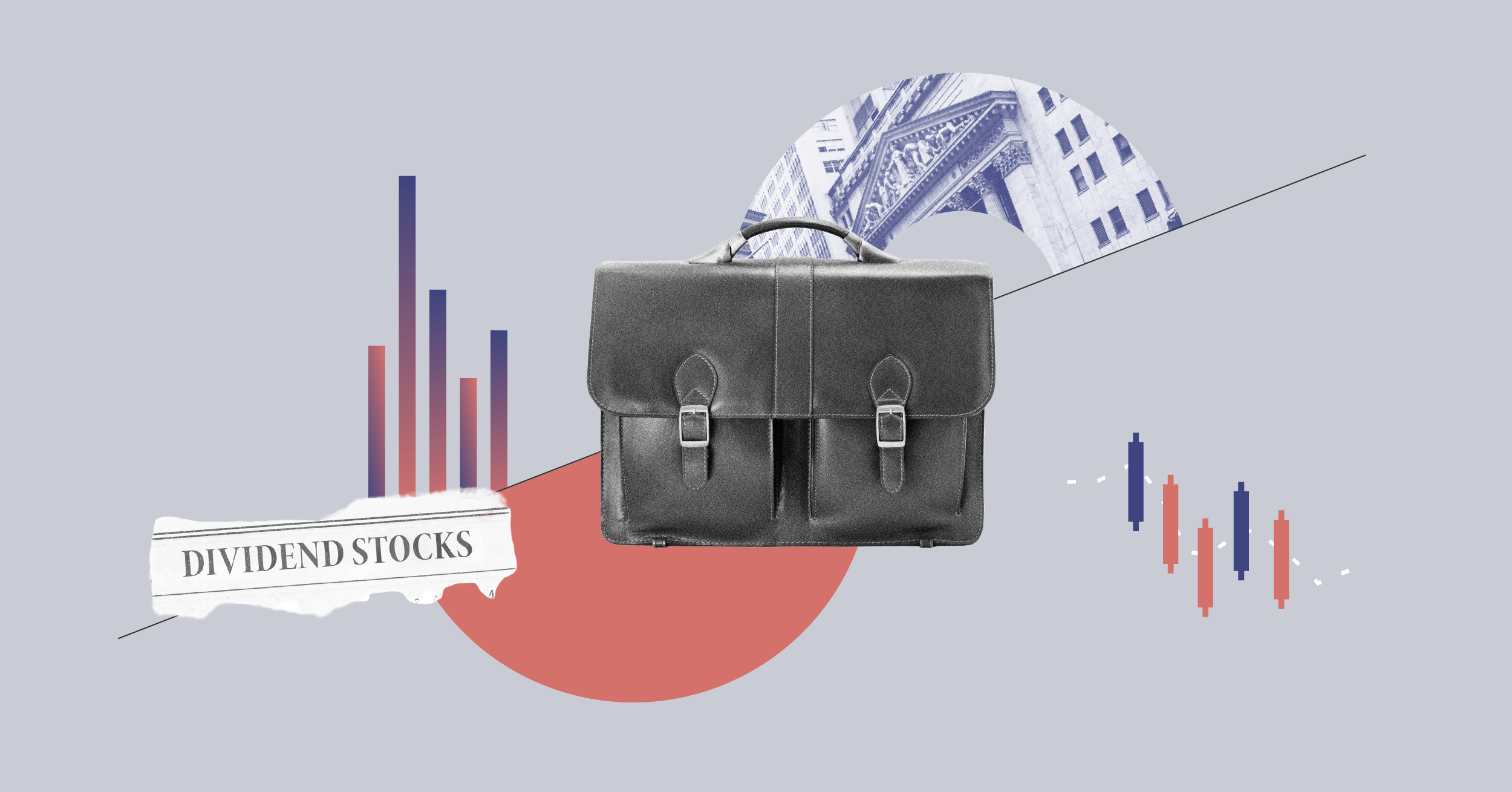In 1984, when Morningstar began operations, U.S. stock and bond mutual fund assets had just crossed the $200 billion mark. That figure would double during the next two years, which gave Morningstar a nice boost as a fledgling research company. Fund industry assets would eventually peak at nearly $10 trillion in 2007, before sliding back to about $7 trillion today.
Most of the monies in the early days flowed into so-called "government guaranteed" funds--government bond funds that paid much higher yields than cash, and whose "guaranteed" labels often fooled investors into believing they could not lose money. But lose money they most certainly could--and did in early 1987, when interest rates rose. Shortly after that debacle, the SEC banned the use of the word "guaranteed" in a mutual fund's label.
In October 1987, the stock market shriveled on Black Monday. Ironically, Morningstar benefited somewhat from that misfortune. The market crash dissuaded potential competitors from entering the business, which gave us the next six years to develop largely uncontested. In every dark cloud …
Black Monday also kick-started a new breed of fund known as "tactical asset allocation funds," called TAAs by their friends and "market-timers in drag" by their enemies. The enemies proved correct--the TAAs predicted 7 of the next 2 market declines, and gradually faded out of existence as they badly trailed the equity markets in the late 1980s and early 1990s.
Then came the "short-term multimarket funds," which, like the government guaranteed funds before them, purported to beat cash yields with almost certain safety. They were caught by surprise when the European currency markets reversed course in 1992. The funds bled red, investors fled, and like TAAs, short-term multimarket soon ceased to exist as an investment category.
By 1990,Fidelity Magellan (FMAGX ) had become the industry's largest mutual fund, surpassing the giant government bond funds. In another 15 years or so, PIMCO Total Return (PTTRX) would take the title, returning the mantle to a fixed-income fund.
The '90s kicked off the launch of a high-concept mutual fund called Shearson 1990s Fund, which promised to profit on five major investment themes that would play out in the decade, including environmental cleanup and infrastructure repair. Yep, it was about two decades early. The fund made it as far as 1993 before shutting down, and Shearson itself failed to last the decade.
Avoiding gimmicks like TAAs, short-term multimarkets, or investment theme funds were two low-profile companies named American Funds and Vanguard. Neither were among the 10 largest fund families in the industry in 1984, but a quarter-century later, they rank as two of the three largest fund companies. As it turned out, winning market share in the mutual fund business was largely a matter of avoiding embarrassments.
Speaking of which, a whole lot of companies not named American Funds or Vanguard decided in the early 1990s that buying Mexican and South American debt and slapping a "government securities" label on a fund with an 11% yield would be a sound approach. Needless to say, it wasn't--not unless the goal was to get 18 months' worth of inflows and then be loathed by half a generation's worth of investors. When those currencies devalued, investors had a whole lot less principal, and the fund companies had a lot of 'splaining to do. After that experience, the SEC decided that fund companies could not use the term "government" to describe a fund, unless its securities consisted of U.S. government obligations.
Following the Latin American debt debacle, the lesson was largely learned. Ever since, new investment concepts--ideas such as demographic funds (seeking to profit from the superb demographic trends that would inevitably propel the 2000-2010 stock market to record heights, I kid you not), leveraged index funds, and even the famed Internet funds--have gathered a fair amount of attention, but relatively few assets. Plain-vanilla has most certainly been the favorite investment flavor.
Beginning in the late 1990s, fund companies increasingly began to define their domestic equity funds in terms of style labels, such as Large Value or Small Growth. A decade later, this would lead to a modest backlash from a circle of consultants and money managers who stated that the existence of style descriptions constricted their investment styles. Meanwhile, American Funds would go about its merry way, ignoring style descriptions altogether, and becoming by far the largest of the advisor-sold fund companies.
In January 1998, I witnessed a Ph.D. economist, who later became president of a fund company, "guaranteeing" (there's that word again) to a group of financial advisors that the Dow Jones Industrial Average would hit 15,000 within five years. They could "pound the table" when giving that forecast to their customers. His speech was met with a standing ovation.
Two years later, an individual investor would be quoted in a major publication stating that yes, his financial advisor could give him a routine return of 18% annually, but to make "real money" such as 40% annually, the investor was forced to go out on his own.
As the century drew to a close, the much-rumored "Y2k" bug failed to derail the 1999 rally, and the first quarter of the New Millennium started just as the 1990s had ended.
The technology-stock collapse of 2000-2002 had little effect on the fund industry. Unlike the period after Black Monday, which saw fund companies aggressively selling new fund ideas and investors rotating into different types of investments, in the early 2000s the fund companies largely kept selling the same things that got them there in the first place--mainstream stock funds, balanced funds, and investment-grade bond funds.
The mid-2000s saw the emergence of the hedge fund, as industry assets topped $2 trillion in 2007--10 times the level of the mutual fund industry at Morningstar's 1984 debut. Hedge-fund-related concepts such as market neutral funds, 130/30 funds, and variable long-short funds would infiltrate the mutual fund industry as part of the "convergence" between the alternative and traditional forms of money management. Similarly, a few hedge-fund firms would begin to offer long-only mutual funds. To date, these efforts have been mostly symbolic, as opposed to attracting sizable investments.
Among the surprising villains to emerge from the rubble of the 2008 bear market were target-date mutual funds--an allegedly conservative investment that was created to be a sole holding in a defined contribution plan for a potential retiree. But with losses exceeding 25% for some short-dated target-date funds, the industry found itself scrutinized by regulators and by a Congressional subcommittee.
As Morningstar celebrates its 25th anniversary, we find ourselves in some sense back where we started, amidst an economic downturn, marked by high unemployment and concern about rising federal debt. But in another sense, it's a very different fund industry than existed a quarter century ago--and at 2,300 global employees instead of one, a very different Morningstar.
Let's chat in another 25 years, only then we can perhaps skip the parts about the unemployment and the federal debt!








.png)








